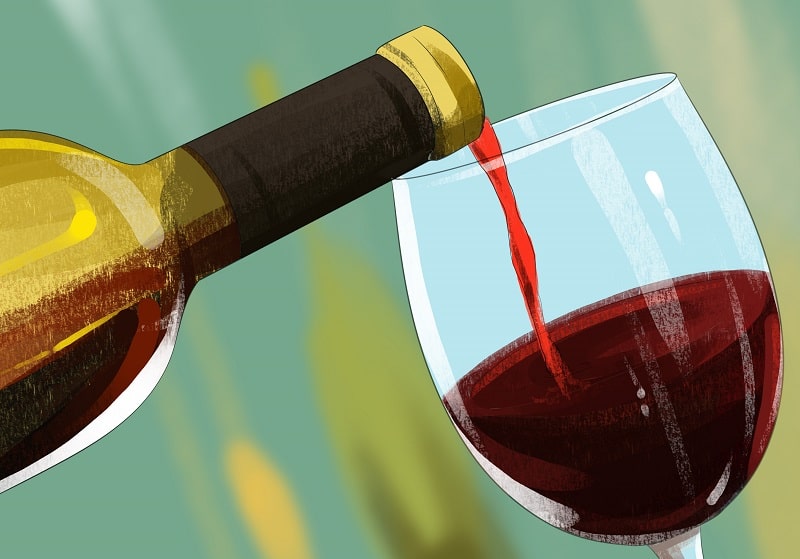History of Wine
It is not known exactly when humans were able to learn how to extract enzymes from plants to make alcoholic beverages. This is why it is so easy to determine the origins of wine. Beer-like drinks made from cereals, fruits and other plants were produced in the following places:
- Ancient Egypt;
- Mesopotamia;
- China;
- Mexico;
- South Africa.
The making of grapes has been practised for many thousands of years before Christ. However, it was in Europe that the grapes produced the most fruit. This explains why, from the Caucasus Mountains to the Iberian Peninsula, a culture of wine drinking began to develop. Below we give a detailed description of all the stages of development of this alcoholic drink.
9 thousand years ago
The first known grape was the Cézanne grape. Its leaf, which had been turned into stone over so many years, was found by archaeologists. After a little research they came to the conclusion that it is more than five million years BC. It was found in the south of the Champagne region. The species is long since extinct. The earliest evidence of wine-making dates back to seven thousand years BC. Archaeologists found a Kvevries, a vessel made of clay, which was used to produce wine. It was found near Tbilisi. The city is considered the birthplace of wine. This ancient method of wine making is still used in Georgia. There are also huge plantations of grapes there.

3 thousand years ago
In 15th century B.C. a tomb in Egypt was decorated with a painting about wine production. The process of making the alcoholic beverage depicted on it is very similar to the modern method. In the 12th century BC, Homer mentioned wine in his work The Odyssey. Those grape varieties are still popular today:
- Trebbiano;
- Aglianico;
- Grecetto.
In ancient Greece, a culture of wine-drinking emerged. It is written in many written accounts of the time. For example, doctors of the time advised drinking a little wine to make you feel better. The alcoholic drink particularly appealed to poets, who were constantly praising it in their writings. Philosophers, on the other hand, advocated only drinking wine in moderation.
At that time wine was especially rich and sweet on the palate. In some cases sultanas were used to make an alcoholic drink. Sometimes resin, honey, various herbs and spices were added, which can be seen today. All these things improved the taste and helped keep the wine longer. In ancient Greece concentrate was often diluted with water.
Two thousand years ago
Falernian, from Campania, was considered an iconic wine of the Roman period. It was so precious that it could be paid for with wine instead of money. Some records have preserved testimonials about this alcoholic beverage. Its unparalleled flavour and aroma were noted, which was incredibly appealing.
A thousand years ago
Wine became a traditional part of Christian culture. In Reims (now Champagne) wine was the court drink. King Clovis was the first to insist on being baptised with wine. In the eighth century, Charlemagne appointed a special service to supply wine and ensure its quality and storage. Hence the French word “sommelier” means “chaser”. He is responsible for the storage of alcoholic beverages. Such a position existed even during the reign of Louis 4 and still exists today.
Two hundred years ago
The production of wine is a particularly active part of the world. Many traditions are already associated with it. Certain standards of alcoholic beverage production are appearing. Wine is a matter of pride. To drink it is a luxury.
In 1857 Louis Pasteur discovered the origin of yeast and was able to describe fermentation. This subsequently helped further develop wine science and pushed the culture of alcoholic beverage production. With the help of selection, more and more wines began to appear. Soon the alcoholic beverage becomes more accessible and cheaper. Ordinary citizens started to try it. Even now, in the 21st century, wine is still a popular and much-loved alcoholic beverage.
